Living with both cats and dogs can be incredibly rewarding, but not all feline breeds are built for canine companionship. Some cats have deeply ingrained territorial instincts, heightened prey drives, or intensely independent personalities that make sharing space with dogs particularly challenging.
Understanding which breeds might clash with your four-legged friends isn’t about labeling any cat as “bad.” Instead, it’s about recognizing natural temperament differences that could lead to stress, conflict, or even dangerous situations for both pets. Let’s explore the feline breeds that typically struggle most with dog coexistence.
1. Siamese: The Jealous Prima Donna
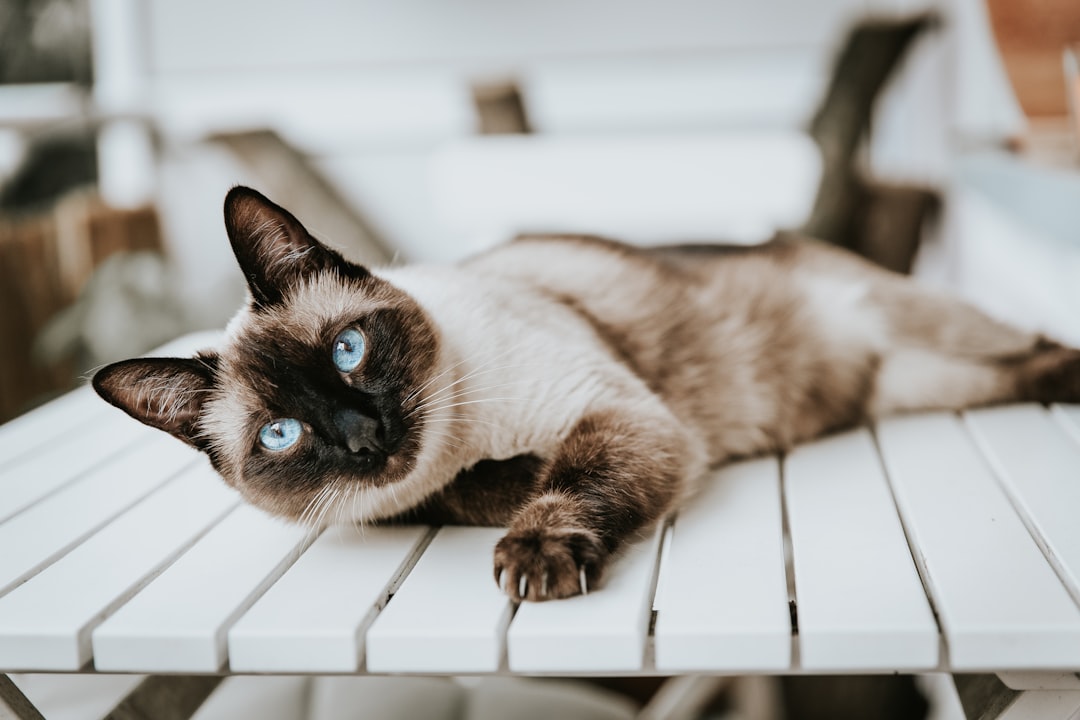
The Siamese breed tops this list for good reason. Siamese cats can be territorial and demanding of attention. If you own other pets, it is crucial to understand that Siamese cats are very jealous and will take a long time to get used to them. Siamese cats are very needy, so if they feel like they are not receiving enough attention from their owners, they will potentially lash out.
The Siamese tends to bond with just one person at the expense of everyone else. Although it’s affectionate with people, it gets jealous of any other pet seeming to get more attention. It is territorial and aggressive with other cats, meaning there could be litter box and fighting issues without properly introducing them to each other.
2. Bengal: The Wild Child
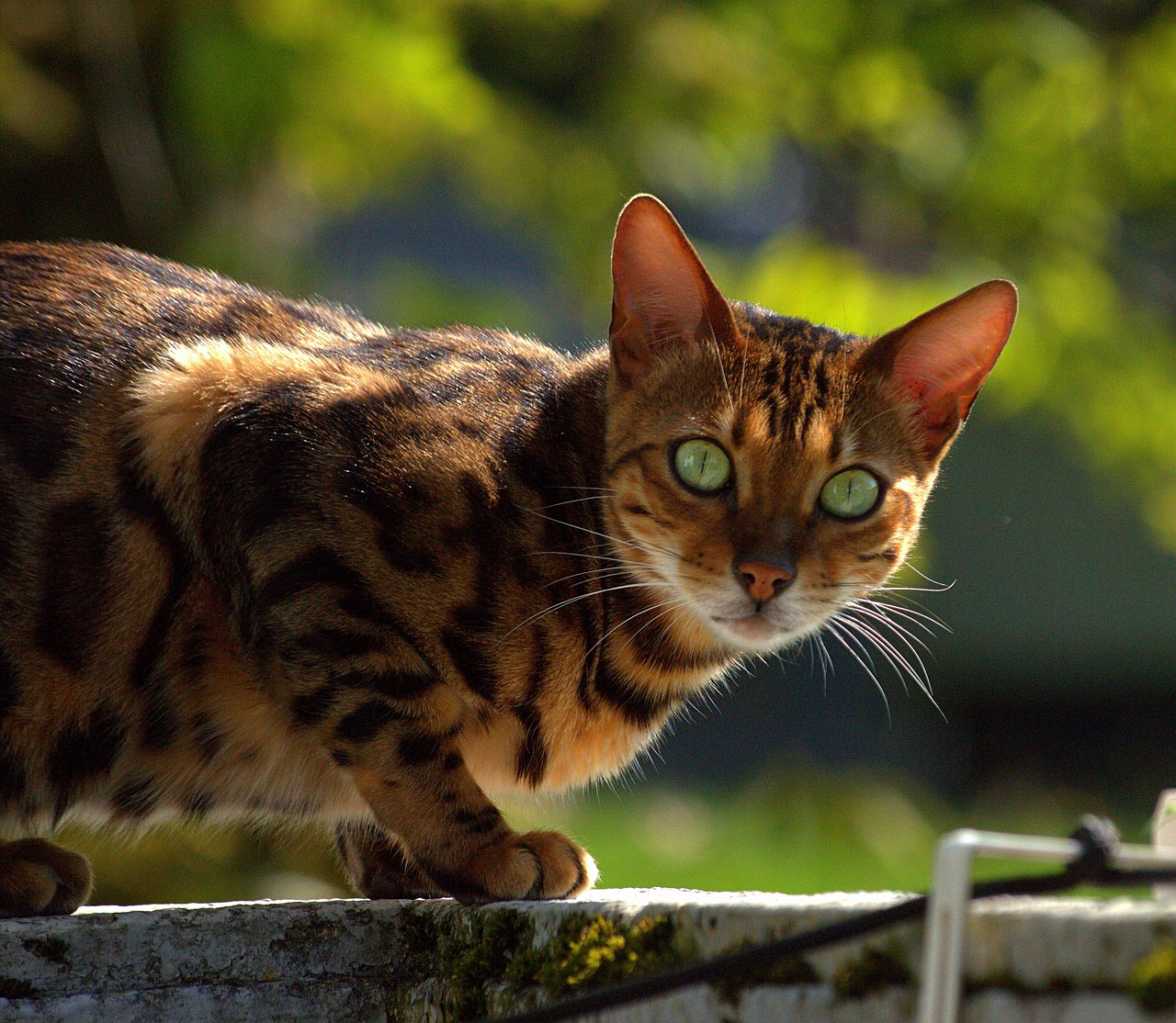
With their exotic appearance comes a challenging personality that often clashes with canine housemates. The Bengal cat can be the maddest cat ever is when it doesn’t have a way to burn off excess energy; then, its behavior can show extreme playfighting aggression and territorial spraying.
However, their wild roots can come out during playtime or when they want your attention. Bengals are highly active and intelligent. They have strong hunting instincts and shouldn’t be trusted next to small animals like birds, hamsters, and rabbits. They’re also not typically a cuddly cat breed, and if you try to pick them up or snuggle them against their will, their claws could come out.
3. Savannah: The Half-Wild Hunter
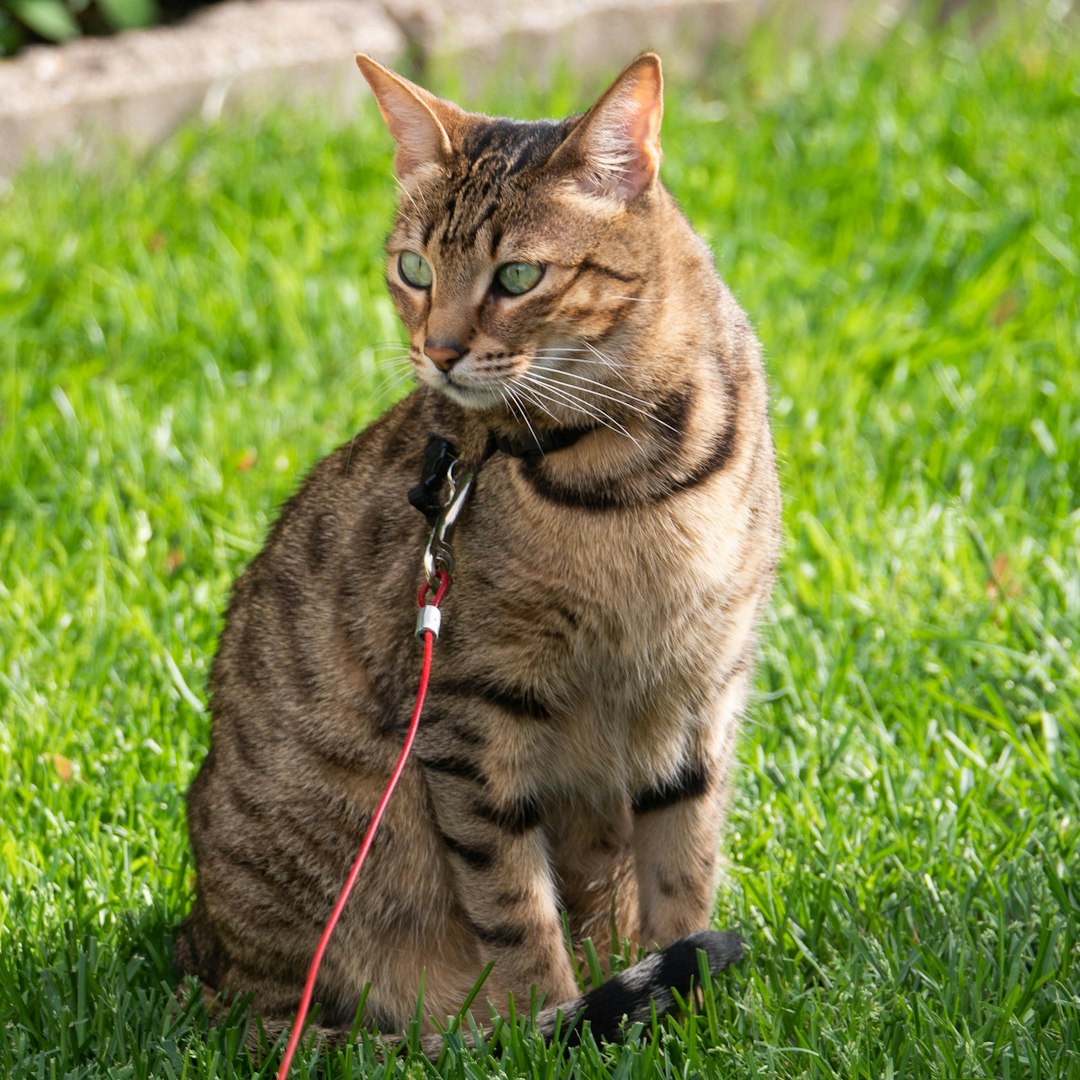
Savannahs, particularly the earlier (F1-F2) generations, can sometimes exhibit undesirable wild or territorial behaviors, and in males, aggression and marking. These cats retain strong wildcat genes from their serval ancestry, making them particularly challenging around dogs.
These cats are not inherently aggressive; however, if they feel threatened, they can display aggressive tendencies. If they get bored, they are more prone to destructive behavior. They have wildcat genes, and therefore, they can have strong hunting instincts. For this reason, they can be a dangerous cat breed to have around other household pets, including rodents, fish, and birds.
4. Sphynx: The Attention-Demanding Diva
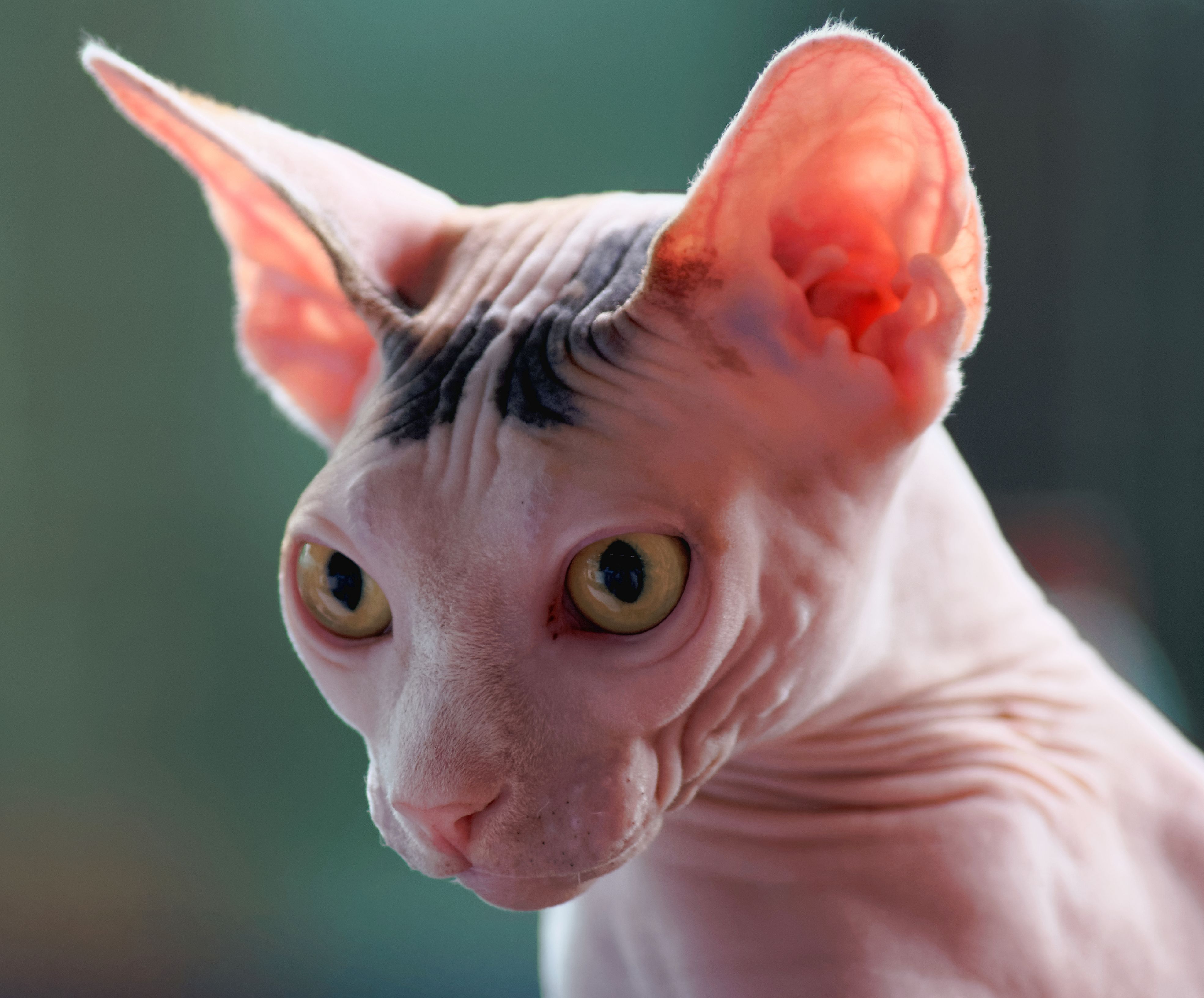
Don’t let their hairless appearance fool you into thinking they’re docile. Sphynx cats are intelligent, but they have a very independent streak and can be aggressive because of it. They do not want to be told what to do, so training them is difficult. This breed also has a high energy level that causes this cat to get into fights with other pets around it.
They can be needy pets who demand attention in the form of petting, playtime, and cuddles. This bald breed is known for displaying extroverted behavior; they’re also naturally curious and have lots of energy. They need plenty of mental and physical stimulation to prevent them from destructive behavior.
5. Russian Blue: The Anxious Aristocrat
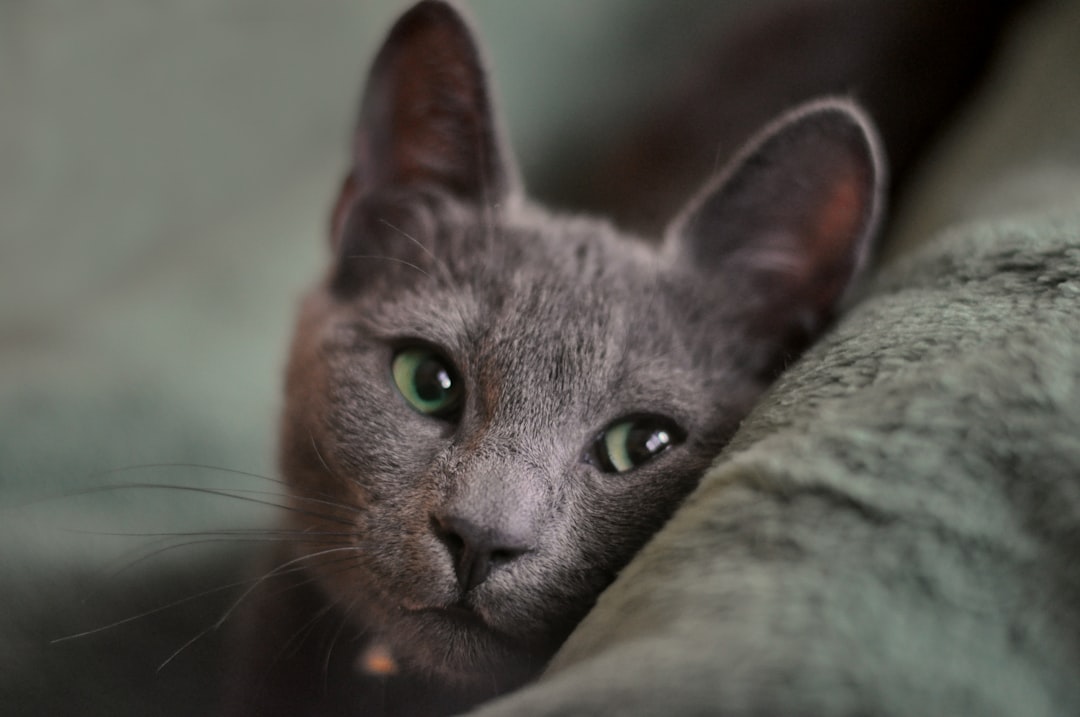
These beautiful silver-blue cats might seem calm, but they struggle significantly with multi-pet households. Often shy and reserved, Russian Blues may show aggression when startled or forced into unfamiliar situations. Their aggression isn’t typically malicious but driven by fear or anxiety.
Other cats, especially those with high energy, can cause anxiety for these sensitive souls. While they are affectionate and loyal to their chosen human, they rarely extend that warmth to other animals. Coexisting may be possible in some cases, but friendship is unlikely. Russian Blues are most comfortable when their space remains undisturbed.
6. Scottish Fold: The Moody Sweetheart
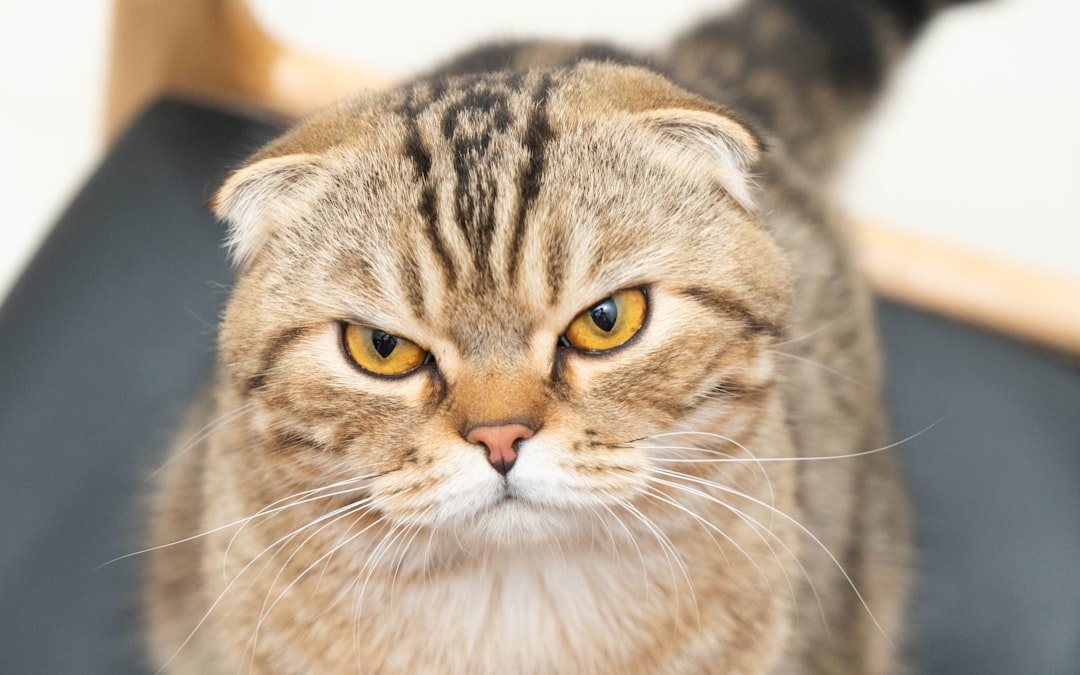
Known for their signature folded ears and round eyes, Scottish Folds are endearing to look at – but complex in temperament. They tend to form deep, exclusive bonds with their human and can become shy or withdrawn when forced to share that bond.
Distinctive for their folded ears and wide-eyed expression, Scottish Folds can be deceptively moody. Some individuals suffer from joint pain due to cartilage issues, which may lead them to act aggressively when touched or lifted. This pain can make them unpredictable around energetic dogs who might accidentally bump into them.
7. Egyptian Mau: The Selective Socializer
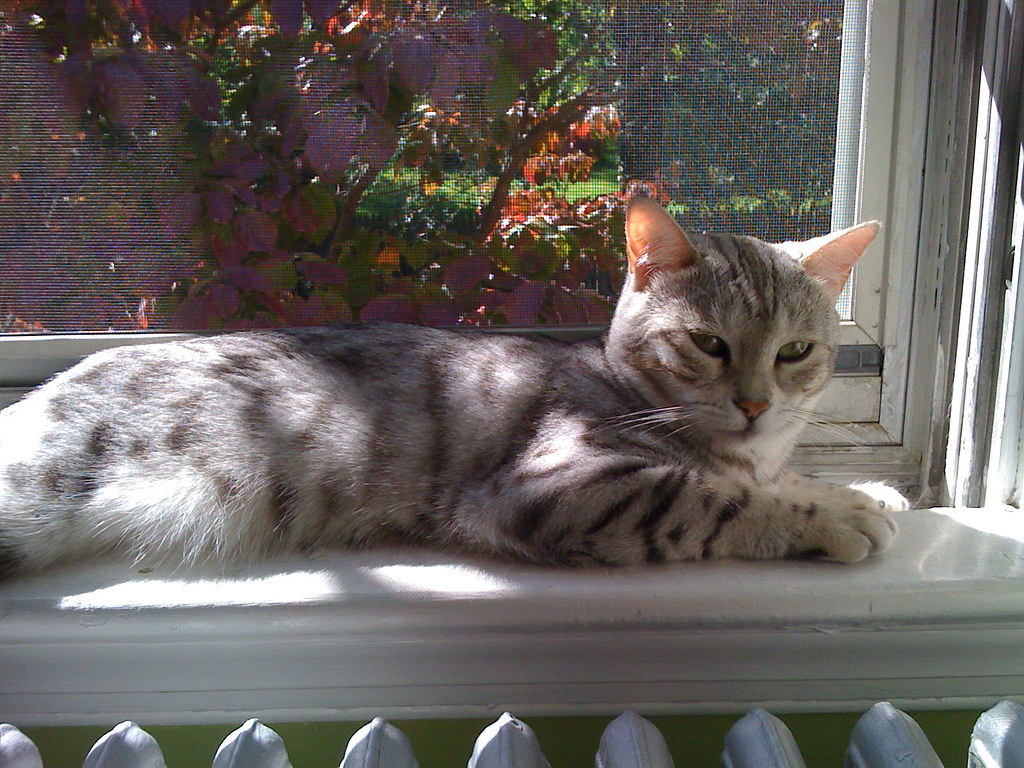
While often praised for their dog-like loyalty, Egyptian Maus can be problematic in multi-pet homes without proper early socialization. As long as they’re properly socialized at a young age, Egyptian Maus are loving and affectionate. However, if they’re not introduced to other cats and dogs when they’re kittens, they can display aggression toward them.
Egyptian Mau cats are known to form social hierarchies, and humans need to provide some leadership and guidance when introducing them to new cats. It is possible for them to form friendships with other family pets, but on their terms and at their pace. It is rare for them to interact or be friendly with non-resident pets.
8. Abyssinian: The Independent Explorer
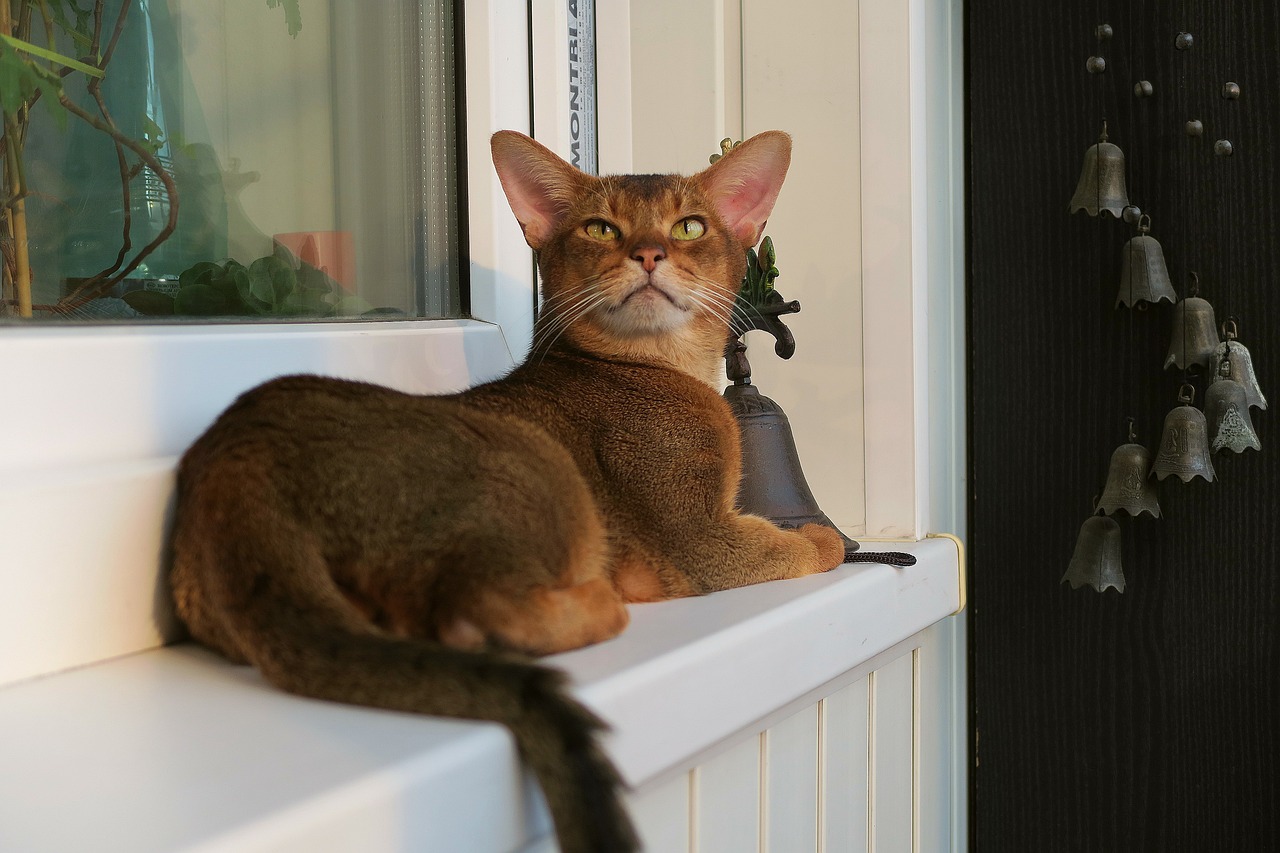
While they can coexist with dogs, Abyssinians prefer to be the dominant pet in the household and may compete for attention.
As an ancient cat breed, Abyssinians have an independent streak and a curious mind that sometimes clashes with household harmony. Their high energy and need for constant mental stimulation can create tension with dogs who prefer calmer environments.
9. Turkish Van: The Water-Loving Warrior
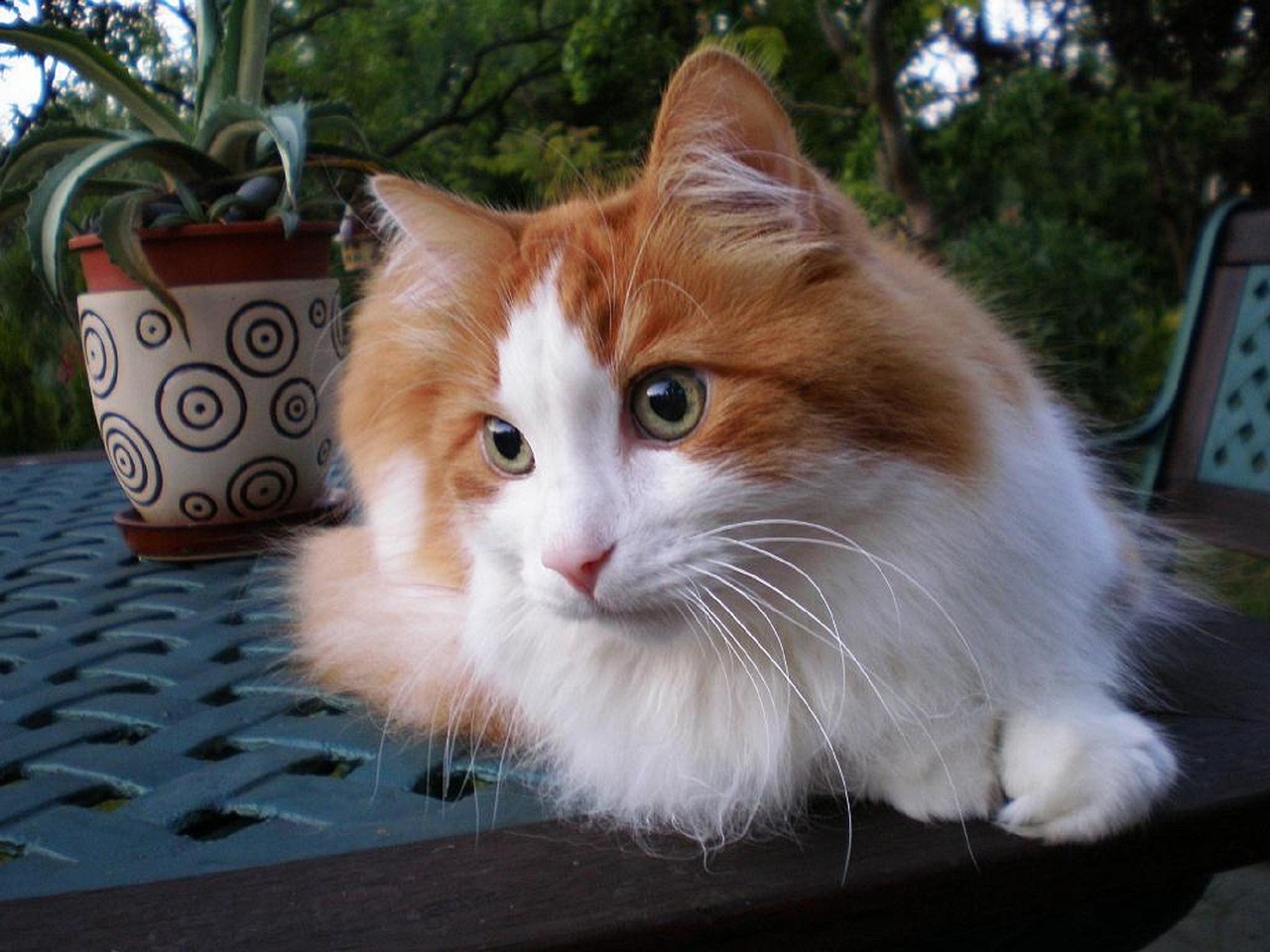
Rare and distinctive, the Turkish Van is known for loving water and disliking intrusion. Their energetic personality demands room to explore, climb, and act on their curious impulses. Unlike communal or cuddly breeds, they value their independence fiercely. Introducing other cats into their environment may trigger territorial behaviors and resistance.
Turkish Vans are very territorial and people typically find them staring out the windows for long periods of time. This breed requires plenty of attention from their owners because they like being pampered, but if this cat becomes neglected then he might become aggressive.
10. Bombay: The Possessive Panther

Bombay cats love attention from their owners and will always try to make sure that everyone knows it. However, if you don’t give these cats your full attention, this breed will cause problems. They are very territorial and do not like to share their owner with anyone else. This cat can be aggressive if it feels neglected, but if you make sure that the owner of the cat spends plenty of time playing with him then he will get along better with everyone around them.
Their sleek black appearance might remind you of a miniature panther, and their personality sometimes matches that wild intensity. Bombays form incredibly strong bonds with their chosen human but often view dogs as unwanted competition for affection and resources.
Conclusion
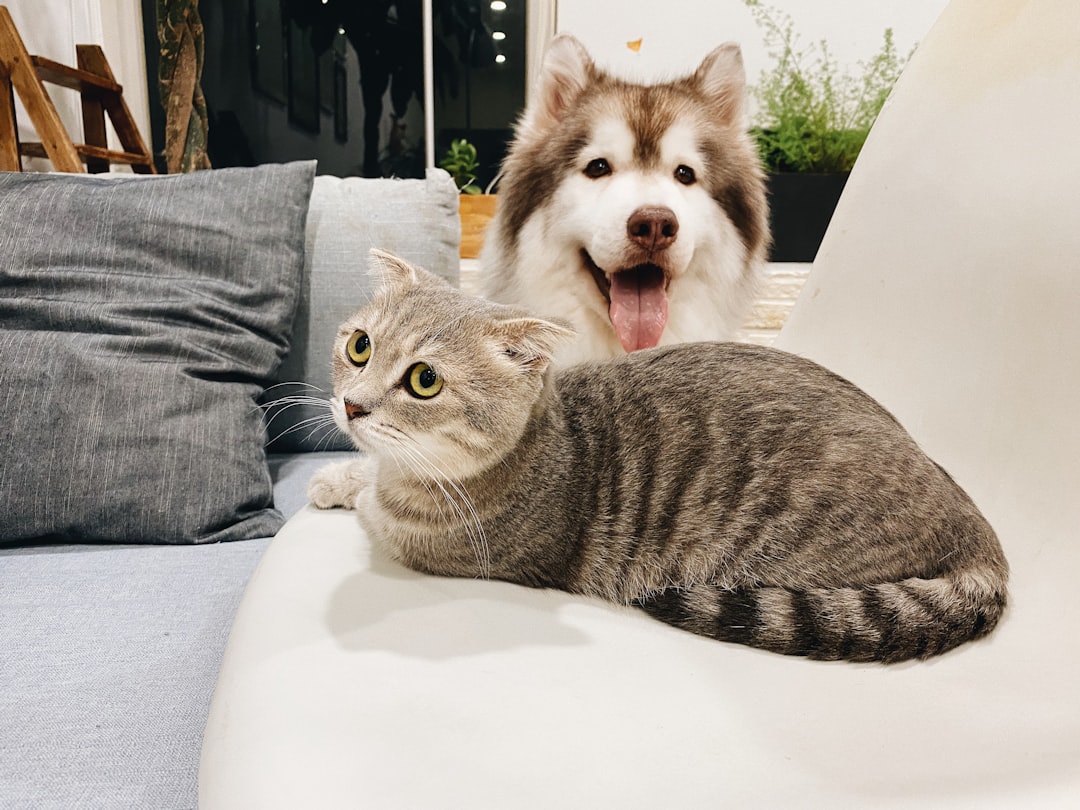
Remember, every cat is an individual, and proper socialization during kittenhood can work wonders for any breed. With careful management and controlled exposures, cats can usually learn to co-exist happily alongside their canine housemates. However, understanding breed tendencies helps you make informed decisions and set realistic expectations.
If you already have dogs and are considering adding one of these breeds to your family, be prepared for a longer, more careful introduction process. The key lies in patience, gradual exposure, and ensuring both pets have their own safe spaces.
What has been your experience with cats and dogs living together? Have you noticed certain breeds being more challenging than others in multi-pet households?





